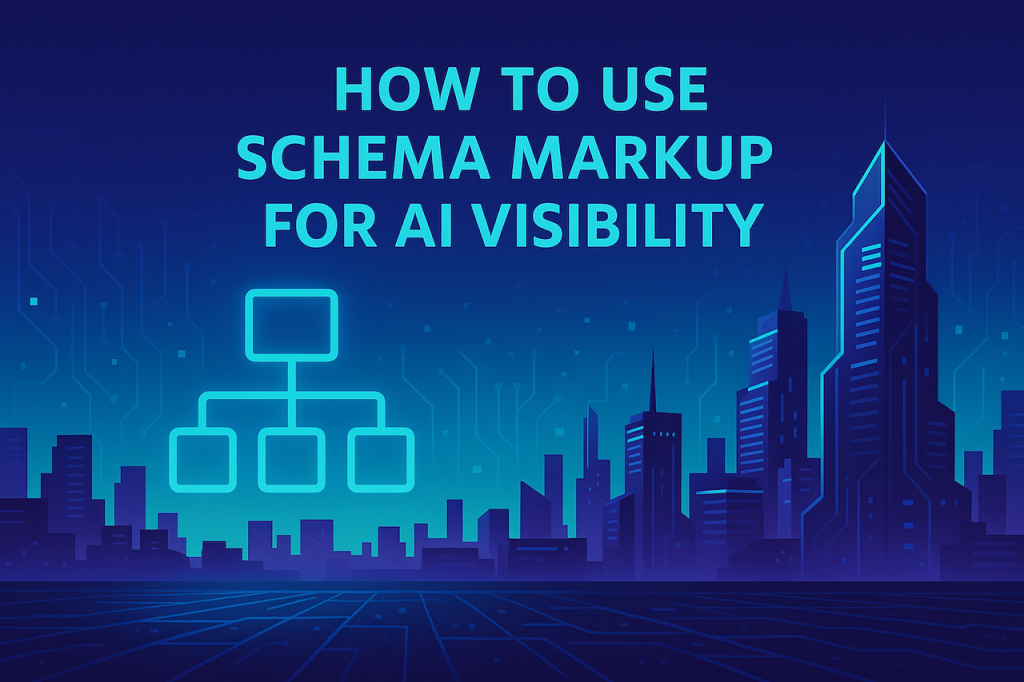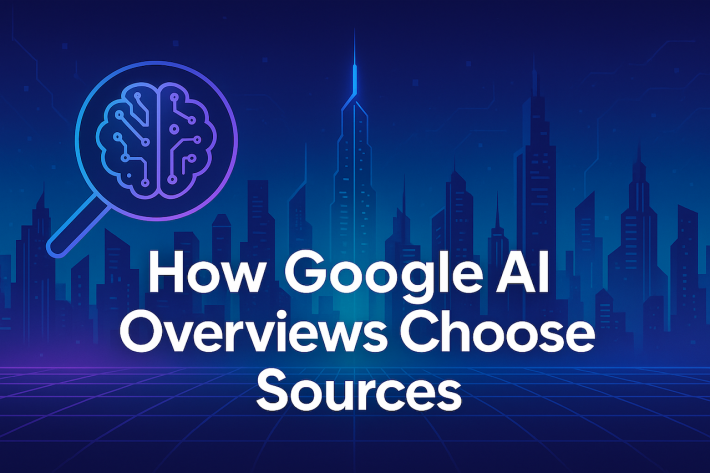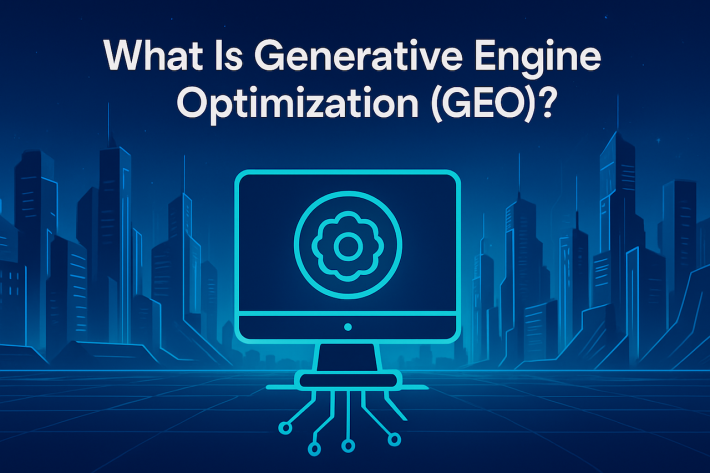How to Use Schema Markup for AI Visibility

A step-by-step guide to helping AI systems read, understand, and cite your content.
Structured data used to be an SEO afterthought. Now, it’s the foundation of Generative Engine Optimization (GEO).
Schema markup translates human-readable pages into machine-readable knowledge — enabling AI systems like Google’s AI Overviews to understand context and trust your answers.
If you want your content to appear in generative results, schema isn’t optional. It’s the language of the AI web.
Step 1: Choose the Right Schema Type
Different schemas signal different levels of authority.
For Q&A-style content:
- FAQPage: Use when your brand provides definitive answers.
- QAPage: Use when users or the community can answer (UGC).
- HowTo: Use for process-driven instructions.
Structured data doesn’t just label content — it defines intent.
Learn about GEO fundamentals: What Is Generative Engine Optimization (GEO)?
Step 2: Match Visible Text to Schema
Google’s crawlers cross-check visible text with your JSON-LD.
If your schema contains text not visible on the page, or mismatched answers, it’s ignored.
Make sure your on-page questions and answers exactly match the schema content.
See examples of clean implementation: Does Structured Q&A Improve AI Citations?
Step 3: Validate Your Markup
Use these tools to confirm your schema is error-free:
- Rich Results Test
- Schema.org Validator
- Google Search Console → Enhancements → FAQ / Q&A reports
Validation ensures your structured knowledge is indexable and retrievable by AI systems.
Step 4: Interlink Knowledge Objects
Each structured Q&A page should link to at least two related resources.
This builds a Knowledge Graph — a network of interrelated answers that reinforces topical authority.
Example internal links:
- “How Google AI Overviews Choose Sources” → /how-google-ai-overviews-choose-sources/
- “Generative Engine Optimization fundamentals” → /what-is-generative-engine-optimization/
The more connected your Q&A pages, the clearer your Knowledge Layer becomes to AI systems.
Step 5: Request Reindexing
After updates:
- Update the lastModified date in your sitemap.
- Run “Inspect URL” in Google Search Console and Request Indexing.
- Share the URL on social — Googlebot often follows those signals.
Regular reindexing helps you stay in sync with Google’s generative index refresh cycles.
Schema = Context, Not Code
Schema markup doesn’t just make your content eligible for rich snippets — it tells AI systems how to think about your brand.
The better you define your questions, answers, and relationships, the more likely your brand becomes a trusted node in the web of knowledge.
Related Reading
Justin Shum is a 2x exited founder who has built and scaled companies at the intersection of messaging, proptech, and commerce. Today he is the founder of Userpop, creating the intent signal infrastructure that powers visibility and trust in the era of generative search.


